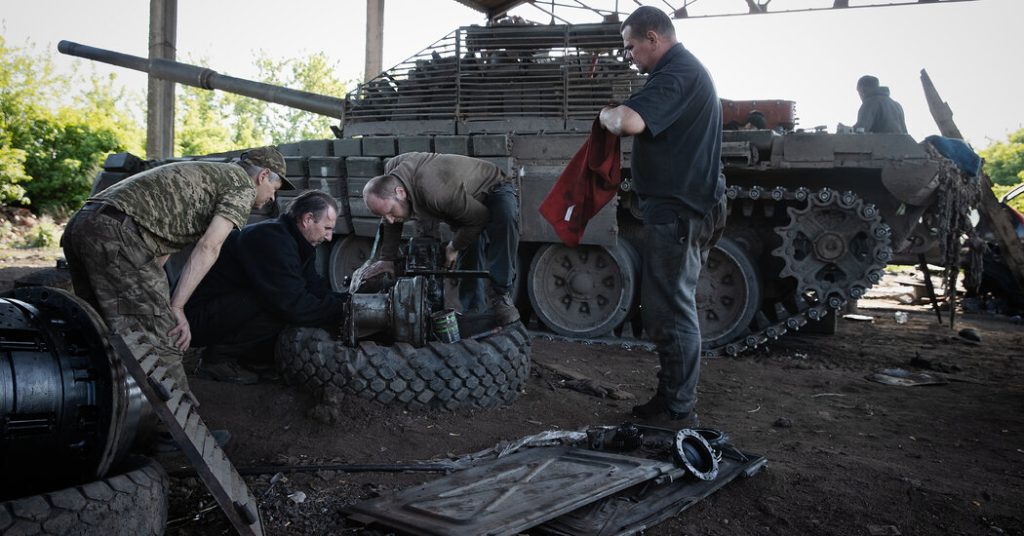The frozen Russian assets in the West, totaling up to $300 billion, are accruing profits and interest while being held due to the invasion of Ukraine. There has been a debate on whether to confiscate these assets, with countries like the United States and the United Kingdom in favor, but others, including France, Germany, and Saudi Arabia, opposing it. Confiscation is considered a bad precedent and could lead to legal challenges and financial instability. Instead, there are proposals to use the profits earned on these assets to aid the Ukrainian military in its battle with Russian forces.
The European Union has approved a plan to use the interest gained on frozen Russian assets to help arm Ukraine and fund its reconstruction. This plan involves using 90 percent of the profits to buy arms for Ukraine through the European Peace Facility and allocating the remaining 10 percent to reconstruction and nonlethal purchases to satisfy neutral countries. Euroclear, a financial services company, has made about €5 billion in net profits from the Russian assets since the invasion. The European Commission expects about €3 billion to be transferred to the EU funds biannually.
The United States, on the other hand, holds a smaller amount of Russian assets but proposes to give Ukraine $60 billion up front and use the profits from European-held assets to pay back the debt over time. The American plan aims to show Western commitment to Ukraine and Russia and allow for quicker funding to reach Ukraine. However, there are concerns that this plan could undermine European control over the assets and entail greater risks, such as potential shortfalls in case interest rates drop.
The debate over how to utilize the profits earned from frozen Russian assets intensifies in the run-up to the Group of 7 summit meeting in Italy. The American plan, which involves transferring a larger sum upfront to Ukraine, is seen as a form of “future proofing” to avoid delays in aid approvals in the future. There are discussions about who would be responsible for covering any shortfalls in case interest rates drop or if the war ends in a negotiation before the bond matures. Some suggest the Group of 7 should take responsibility, while others propose the European Commission should handle the bond issuance.
While outright confiscation of the frozen assets remains unlikely, it is still a topic of debate. Seizing the funds could be a way to force Russia to pay for the costly reconstruction of Ukraine, estimated to be at least $500 billion. Some argue that freezing the assets was a more decisive step than confiscating them and caused no market turbulence. It is believed that the West’s economic strength is a tool that Russia cannot effectively retaliate against, making hesitation over taking action against the assets unwarranted.
Overall, there are differing opinions on how to use the profits earned from frozen Russian assets to aid Ukraine. While the European Union has approved a plan to use the interest for military aid and reconstruction, the United States proposes a different approach that would provide more immediate funding to Ukraine. The debate continues as stakeholders consider legal challenges, financial risks, and the potential impact on the global financial system. Ultimately, the decision on how to use these profits will have significant implications for the ongoing conflict between Ukraine and Russia.


